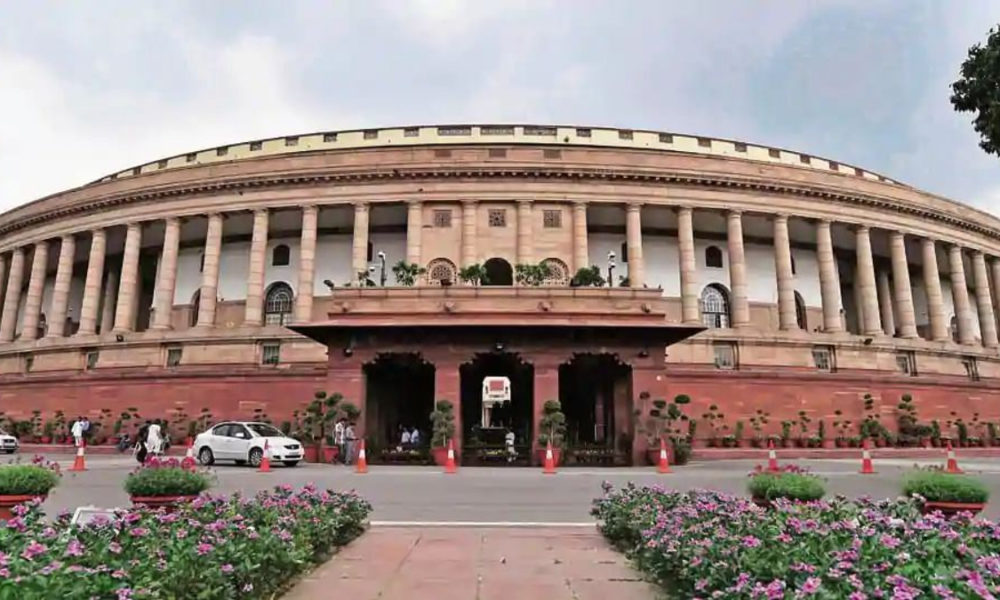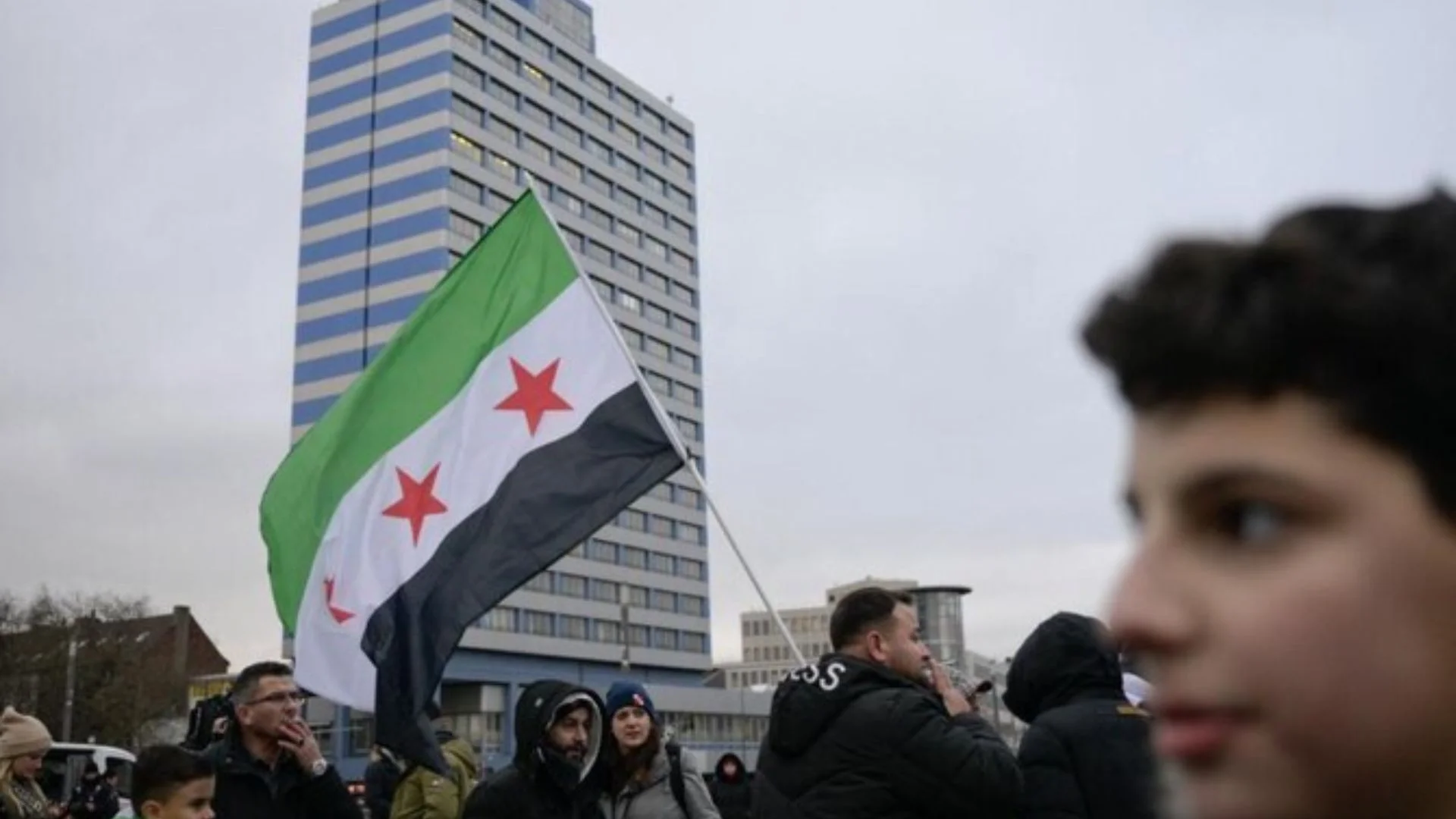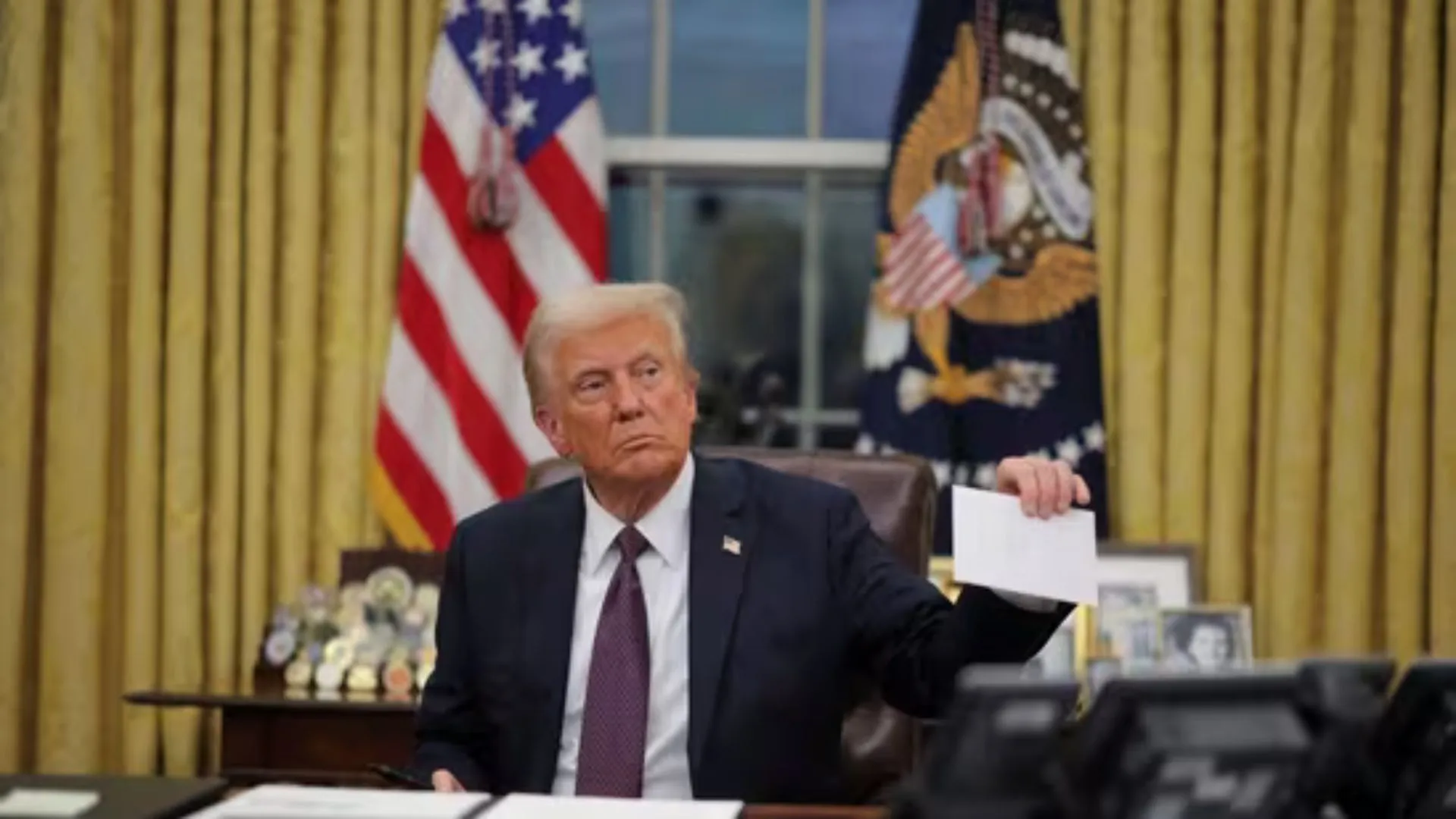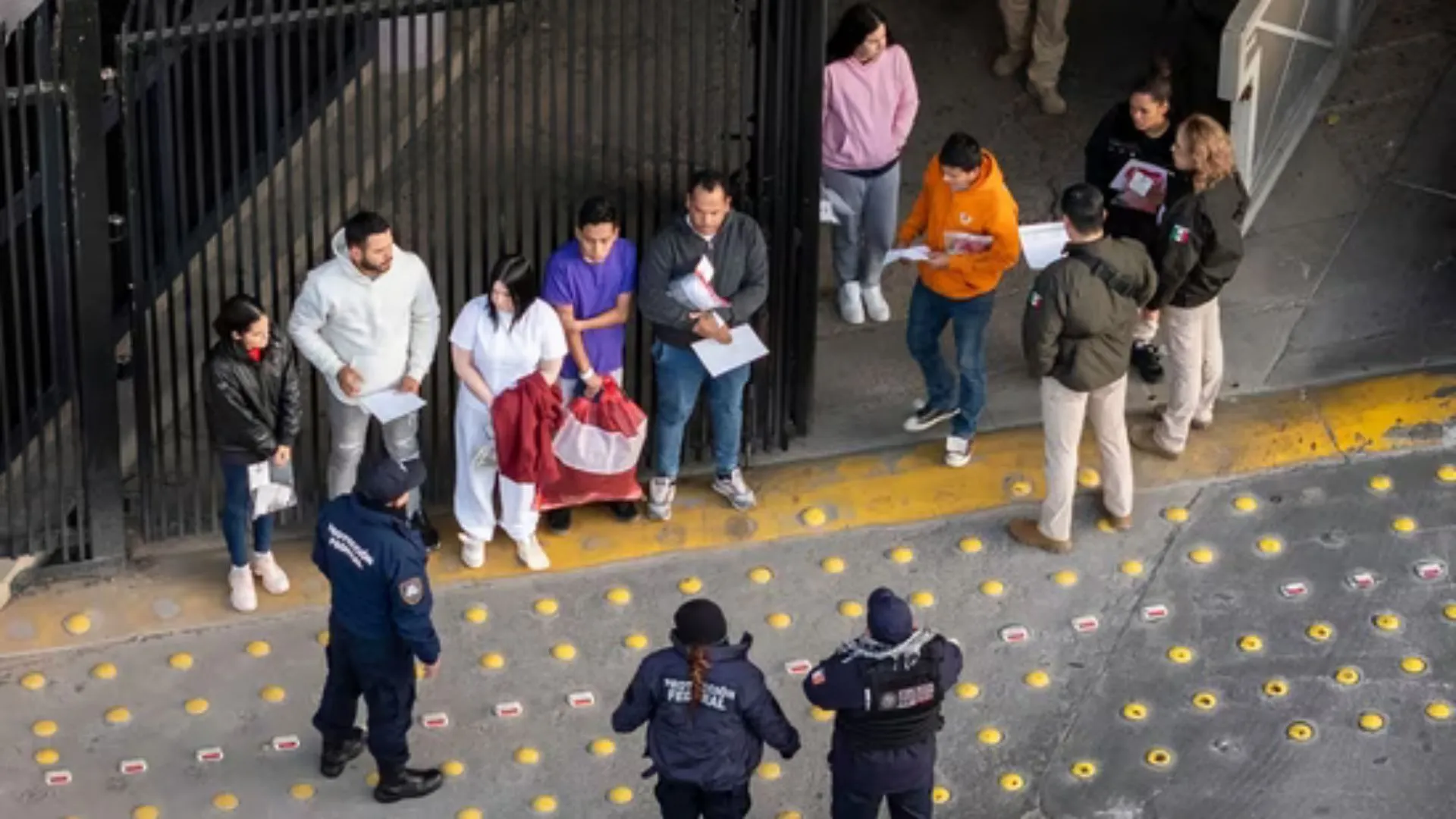There has been an ongoing muted tussle between National Democratic Alliance (NDA) allies in Bihar, the Bharatiya Janata Party (BJP) and the Janata Dal (United) (JD(U)) over the nomination of a candidate for one of the five Rajya Sabha seats due to go to polls on 10th June. Although the BJP is the senior partner in the alliance, Bihar CM Nitish Kumar has been calling the shots on several key issues, at times risking the alliance government in the state. On 29th May, Nitish Kumar, entrusted with selecting the nominee by the JD(U), decided in favour of sending its Jharkhand state president and former MLA Khiru Mahto to the upper house of the Parliament against the BJP’s desire to renominate incumbent Member of Parliament (MP) and Union Minister RCP Singh to the Rajya Sabha. The standoff is a quintessential example of the significance of Rajya Sabha elections in Indian politics impacting not only individual candidates but political parties and coalitions at the national and state level.\

On 12th May, the Election Commission of India announced the elections for 57 Rajya Sabha seats on 10th June, spanning 15 states and UTs. The seats will fall vacant as members retire from different state quotas between June and August 2022. Of the 59 members retiring, 25 belong to the BJP, two are from JD(U) and three are from All India Anna Dravida Munnetra Kazhagam (AIADMK). Nine of the 29 current Indian National Congress (INC) Rajya Sabha MPs will be retiring with the tenures of senior leaders like P Chidambaram and Jairam Ramesh coming to an end. The elections to the Rajya Sabha this year also hold importance as they come in the backdrop of the Presidential elections due in July 2022 and are likely to impact the Presidential electoral college.
COMPOSITION OF THE RAJYA SABHA AFTER THE MARCH 2022 ELECTION
Rajya Sabha MPs have a term of six years and a third of them retire once in two years. Members are elected biennially through proportional representation by elected members of a state legislative assembly. Since the strength of each party in a state assembly is known, a near-accurate estimation of the number of seats a party is likely to win in the Rajya Sabha poll is possible. Owing to this, Rajya Sabha elections are often a political tussle between different parties in a state, as in the case of Bihar, with alliance partners often contesting over the support for their choice of the candidate. Moreover, these elections are decisive for the party in power at the centre, as a weaker Rajya Sabha dampens its chances to clear crucial bills in the upper house.
A total of 70 Rajya Sabha Members retire over the course of 2022 and elections for 13 seats from six states were held on 31st March in Assam, Tripura, Nagaland, Himachal Pradesh, Kerala, and Punjab. Of the 13, BJP won one seat each in Assam, Tripura, Nagaland, and Himachal Pradesh. The Aam Aadmi Party (AAP) won five seats in Punjab and the Communist Party of India (CPI), the Communist Party of India (Marxist) (CPI(M)), and INC won one each in Kerala. After the elections, the BJP became the first party to cross the 100 seat mark since 1988-90 as its tally stood at 101 seats. The NDA had a total of 117 members in the 245 member of Rajya Sabha.

After the retirement of several members in April 2022, the BJP has 95 seats in the Rajya Sabha and is the single largest party in the upper house of the Parliament holding 41.13 per cent of the total seats. The INC’s tally reduced to a new low of 29 members or 12.55 per cent, a result of its back to back losses in the state assembly elections over the years. According to the Rajya Sabha website, the INC is followed by the Trinamool Congress (TMC) with 13 MPs (5.63 per cent of the total seats) and the Dravida Munnetra Kazhagam (DMK) with ten MPs (4.33 per cent). The AAP and the Biju Janata Dal (BJD) have eight MPs or 3.46 per cent seats each in the upper house with the remaining seats held by parties such as Telangana Rashtra Samithi (TRS), Yuvajana Sramika Rythu Congress Party (YSRCP), AIADMK, and the CPI(M).\
IMPACT OF ASSEMBLY ELECTIONS ON RAJYA SABHA SEATS: UTTAR PRADESH & TAMIL NADU

UP sends the largest share of MPs (31) to the Rajya Sabha and 11 seats will go to the polls on 10th June. While the BJP’s victory in the 2022 UP assembly elections was a game-changer, the party’s reduced tally and change in alliances will impact its position in the Rajya Sabha tally. Between 2017 and 2022, the BJP’s seat share has reduced from 312 to 255 in the state legislature while the NDA’s has declined to 273 seats from 323 in 2017. Based on this, the BJP and its allies are well placed to win at least seven Rajya Sabha seats marking an increase by two and leaving SP and its allies with the remaining three.
The resignation of former senior Congress leader Kapil Sibal from the party and his decision to contest the Rajya Sabha elections as an independent candidate with the SP’s support have weakened the INC’s negligible presence in the state and its tally in the Rajya Sabha. Continuing its 2022 assembly election pitch to extend support to farmers and Jats, the SP and Rashtriya Lok Dal have nominated Jayant Chaudhary for one seat. Among the 11 retiring MPs from the state, five are from the BJP, three from SP, two from the BSP, and one from INC.
Assembly elections held in Tamil Nadu in May 2021 saw the M.K. Stalin-led DMK return to power after a hiatus of 10 years. The party formed a government in alliance with the Congress and is likely to hold an edge in the upcoming Rajya Sabha elections when six of the state’s quota of 18 seats will go to poll. The current breakup of the state assembly will help the opposition AIADMK win two out of the six vacant seats with the remaining three seats to be divided between DMK and INC as per their pact. The Dravidian state has 18 allotted Rajya Sabha seats of which ten are occupied by DMK, five by AIADMK and one each by the Tamil Maanila Congress, Pattali Makkal Katchi (PMK), and Marumalarchi Dravida Munnetra Kazhagam (MDMK).
MAHARASHTRA, ANDHRA PRADESH, KARNATAKA: LIKELY CHANGE IN PARTY POSITIONS
 The Rajya Sabha elections are especially important for the Congress since it needs a stronghold in the Upper House before the Presidential election in July 2022. Source: indiatoday.in
The Rajya Sabha elections are especially important for the Congress since it needs a stronghold in the Upper House before the Presidential election in July 2022. Source: indiatoday.in
In Maharashtra, which sends the second largest number of MPs to the Rajya Sabha at 19, six seats will be up for grabs on 10th June. The tenures of Union Minister Piyush Goel, INC leader P. Chidambaram, NCP leader Prafulla Patel, Sanjay Raut of Shiv Sena, and BJP leaders Vikas Mahatme and Vinay Sahasrdebude will end, giving way to the election of new members. While the BJP is the single largest party in the state assembly with the incumbent MVA government and its constituents INC, NCP, and the Shiv Sena, the former will be able to elect only two members as opposed to its earlier strength of three. While the Shiv Sena has announced candidates for two seats— Sanjay Raut and Sanjay Pawar—the Congress unit of the state has suggested for the Congress High Command to select a local candidate from Maharashtra. The BJP has fielded Piyush Goyal, Dr Anil Bonde, and Dhananjay Mahadik for three Rajya Sabha seats. Currently, of Maharashtra’s 19 Rajya Sabha seats, eight are occupied by the BJP, four by the Nationalist Congress Party, three each by INC and Shiv Sena, and one seat by the Republican Party of India.

In Andhra Pradesh, all four vacant seats are likely to be occupied by the incumbent YSRCP led by Chief Minister Y S Jagan Mohan Reddy. Of AP’s 11 Rajya Sabha seats, five are currently held by YSRCP and by nominating four members, the party will increase its tally to nine seats with the remaining two seats occupied by C.M. Ramesh from BJP and K.R. Kumar from Telugu Desam Party (TDP). According to the current break up of the parties in the state assembly, no other political party is in a position to win any Rajya Sabha seats from the state. On the other hand, Karnataka which sends 12 MPs to Rajya Sabha, will witness elections for four seats as Nirmala Sitharaman (BJP), K.C. Ramamurthy (BJP), and Jairam Ramesh (INC) retire from the upper house on 30th June, and Oscar Fernandes’ (INC) demise created a vacancy. Party positions in the state legislative assembly will likely help the BJP win two seats (it currently holds six) with the INC positioned to secure victory on one (current tally- five). The JD(S) leader Kupendra Reddy is speculated to win a Rajya Sabha seat through BJP’s support. Moreover, the incumbent BJP is also attempting to field candidates from within the state to stave off criticism it faced last time when it was accused of bringing candidates from the outside.
OTHER STATES AND IMPACT ON PRESIDENTIAL ELECTIONS
 The Rajya Sabha elections are decisive for the party in power at the Centre, as a weaker Rajya Sabha dampens its chances to clear crucial bills in the Upper House. Source: NDTV
The Rajya Sabha elections are decisive for the party in power at the Centre, as a weaker Rajya Sabha dampens its chances to clear crucial bills in the Upper House. Source: NDTV

Rajasthan will also witness elections on four of the 10 Rajya Sabha seats from its share whereas elected legislatures of Madhya Pradesh and Odisha will vote for three MP seats each. MLAs from Punjab, Telangana, Jharkhand, Chhattisgarh, Bihar, and Haryana will also vote on 10th June 10 to elect two MPs each. Lastly, of the three MPs from Uttarakhand, one will retire paving the way for fresh elections on 10th June.
The elections to the 57 Rajya Sabha seats will be pivotal for the 16th Presidential Election in the following month. While the recently concluded assembly elections in five states, especially Uttar Pradesh and Punjab, have altered the strength of the BJP and the NDA in the Presidential electoral college, the party is still well-positioned to elect its candidate as the President with support likely from non-NDA and non-UPA allies such as BJD and YSRCP.
Even as the vote value of each MLA varies from state to state, the value of each MP vote from the Rajya Sabha and the Lok Sabha is fixed at 708. A greater number of MPs elected through the Rajya Sabha will safely situate the BJP to elect its choice of Presidential candidate—most likely Vice-President Venkaiah Naidu—unless a second term ticket is given to incumbent President Ram Nath Kovind. Moreover, opposition parties from across the political spectrum are coming together to leave no stone unturned and jointly put up an opposition candidate for the Presidential race. The Rajya Sabha elections will be decisive in determining the ability of opposition parties to mount a considerable challenge to the BJP.
Contributing reports by Arin Prabhat, Ashita Koul, Kaustav Dass, Nehla Salil, and Pavitra Mohan Singh, Interns at Polstrat.























